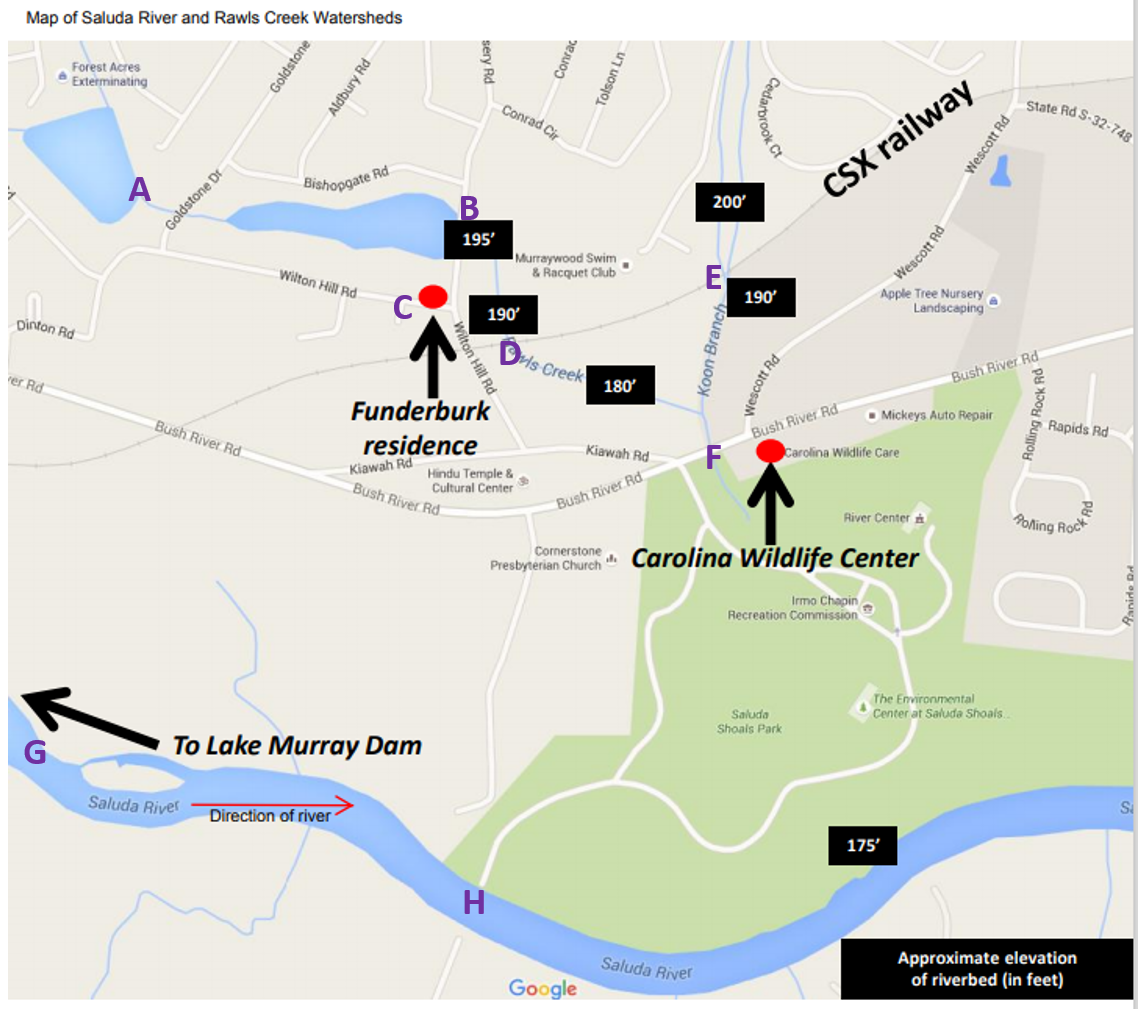Difference between revisions of "Torts notes"
Neumoeglich (talk | contribs) |
Neumoeglich (talk | contribs) |
||
| Line 117: | Line 117: | ||
{ 1 _1 } Preponderance of the evidence (more likely than not) | { 1 _1 } Preponderance of the evidence (more likely than not) | ||
</quiz> | </quiz> | ||
| + | == Preponderance of the evidence == | ||
| + | In most (but not all) contexts, the standard of proof in a tort action is "a preponderance of the evidence." In an 1895 case, the South Carolina Supreme Court approved of the following jury instructions given by the circuit court judge to the jury in a civil case: | ||
| + | |||
| + | <blockquote> | ||
| + | I charge you that should you not be satisfied by the preponderance of the evidence that the defense of the defendant is sustained, then you will have to consider the case as made out by the plaintiff; and then upon him will fall the burden of proof to make out his case by the same standard, the preponderance of the evidence. By that is meant, Mr. Foreman and gentlemen, the greater weight of the testimony on the issues involved. No court can provide a jury with scales on which to weigh the evidence; but a jury of twelve intelligent men, who have a knowledge of human nature, and, from their observation of life, understand the rules of common sense, are in possession of the best scales on which to weigh evidence. When a jury comes to the conclusion that a defendant has brought forward evidence that satisfies them that, more likely than not, such and such was the case, then they may say he has established his defense by the preponderance of the evidence; or when the plaintiff satisfies the jury by competent evidence that it is more likely than not that such and such was the case, not absolutely proved, not absolutely true, because neither the plaintiff nor the defendant is called upon to establish his complaint or make out his defense beyond a reasonable doubt, but, by the preponderance of the evidence, that it is more likely than not that such and such was the case, then you may safely say that the defense has been made out by the preponderance of the evidence, or that the complaint has been established by the preponderance of the evidence.” | ||
| + | </blockquote> | ||
| + | |||
| + | Groesbeck v. Marshall, 44 S.C. 538, 22 S.E. 743 (1895). | ||
| + | |||
| + | This remains an accurate statement of the law today, with one exception. | ||
Revision as of 15:49, 23 February 2021
Reading comprehension
Reading and math skills
Standards of proof
Preponderance of the evidence
In most (but not all) contexts, the standard of proof in a tort action is "a preponderance of the evidence." In an 1895 case, the South Carolina Supreme Court approved of the following jury instructions given by the circuit court judge to the jury in a civil case:
I charge you that should you not be satisfied by the preponderance of the evidence that the defense of the defendant is sustained, then you will have to consider the case as made out by the plaintiff; and then upon him will fall the burden of proof to make out his case by the same standard, the preponderance of the evidence. By that is meant, Mr. Foreman and gentlemen, the greater weight of the testimony on the issues involved. No court can provide a jury with scales on which to weigh the evidence; but a jury of twelve intelligent men, who have a knowledge of human nature, and, from their observation of life, understand the rules of common sense, are in possession of the best scales on which to weigh evidence. When a jury comes to the conclusion that a defendant has brought forward evidence that satisfies them that, more likely than not, such and such was the case, then they may say he has established his defense by the preponderance of the evidence; or when the plaintiff satisfies the jury by competent evidence that it is more likely than not that such and such was the case, not absolutely proved, not absolutely true, because neither the plaintiff nor the defendant is called upon to establish his complaint or make out his defense beyond a reasonable doubt, but, by the preponderance of the evidence, that it is more likely than not that such and such was the case, then you may safely say that the defense has been made out by the preponderance of the evidence, or that the complaint has been established by the preponderance of the evidence.”
Groesbeck v. Marshall, 44 S.C. 538, 22 S.E. 743 (1895).
This remains an accurate statement of the law today, with one exception.
